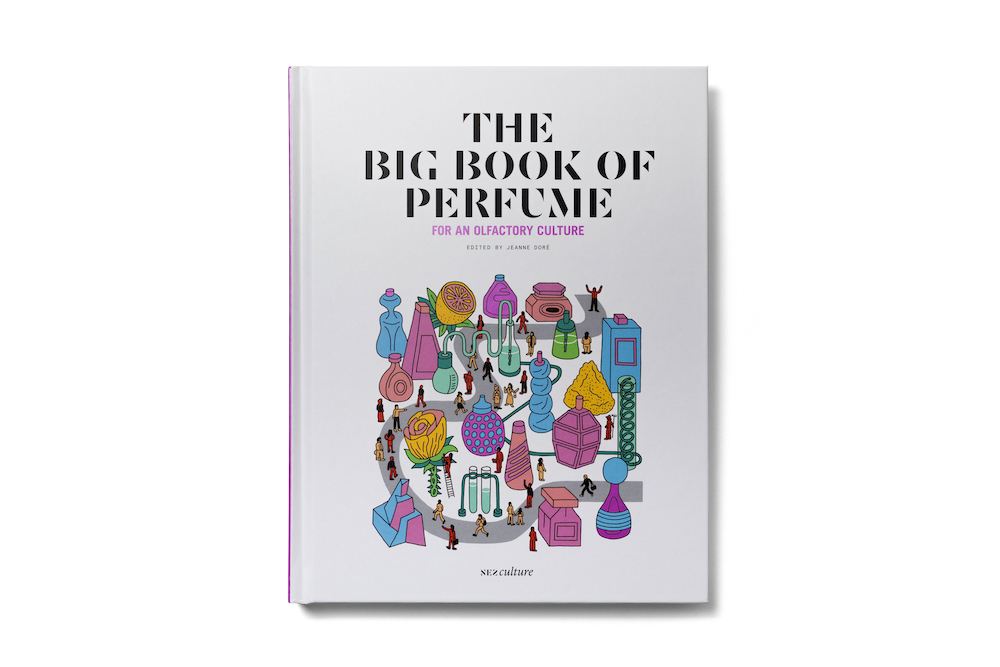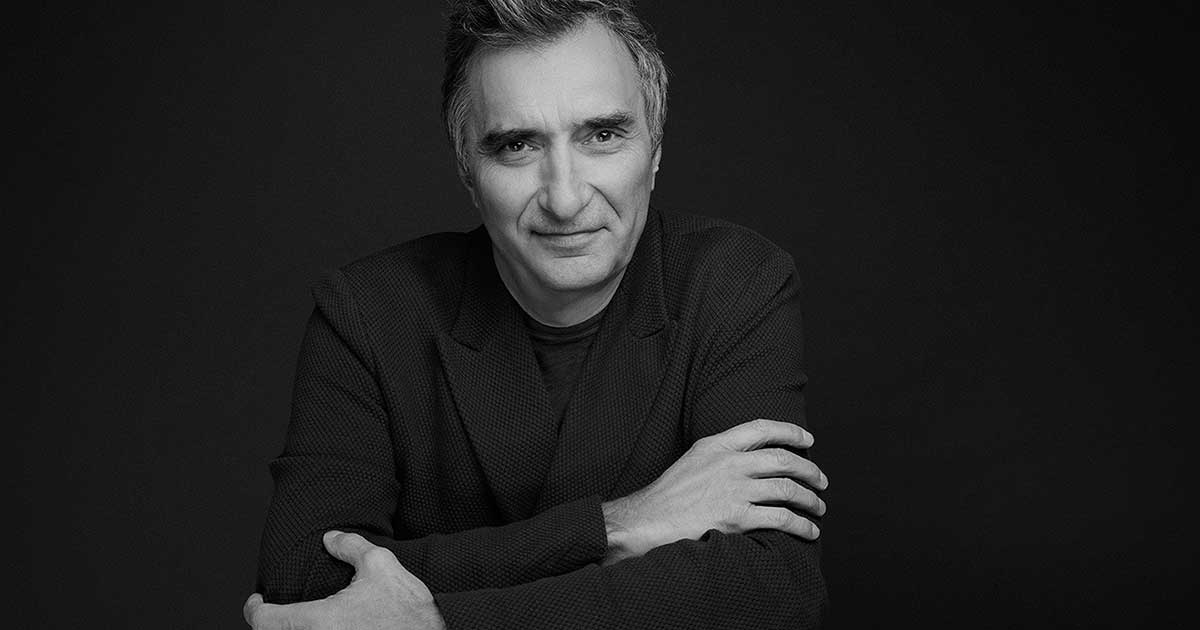Cette publication est également disponible en :
Français
Reliant as it is on the biodiversity that humankind has explored extensively, the palette of natural ingredients may seem immutable. In fact, as Serge Majoullier, perfumer for Mane, shows us, it is quite the opposite. Composition houses constantly explore the palette, in search of innovation. As a result, they develop new products every year so they can offer their perfumers and clients original olfactory nuances…but that’s not all.
What motivates a composition company to develop an all-new natural ingredient?
The first reason, as is the case with all companies, is to do with the creative challenge. Each time we introduce a new scent, our perfumers react by coming up with extraordinary ideas: they see it being used in one particular project, associated with another to create an original accord, and so on. Every new ingredient presents the opportunity for something new. Other reasons are about responding to market trends: we sometimes develop an ingredient that isn’t a major olfactory innovation but has an interesting backstory or is the result of a ‘greener’ extraction method. Another possibility might be that a new product allows us to replace one that has been banned by legislation. And then there is the importance of trends: the gourmand craze encouraged us to introduce fresh and dried fruit notes into our palette so we could offer natural products to meet the new need.
Are there any reasons that relate to procurement?
Of course. There was a time when composition houses stopped developing natural ingredients, since they’re subject to olfactory variations from year to year and can fall victim to bad weather, political events, and so on. However, nowadays natural ingredients are back in fashion because they are so multifaceted and therefore unique. And brands like laying claim to using them. So we’re turning to them again. To secure supplies, we try to include multiple products in our palette with the same botanical quality but differing geographical origins so we are prepared in the event of a problem.
What are the different stages in the process, from the discovery of an ingredient to its official introduction into the in-house palette?
Once we’ve identified a raw material that interests us, we test different extraction methods in the lab. We look for the one that works best, then present the results to the perfumers for them to confirm – or not – its olfactory potential. The product undergoes analyses in parallel to determine if it contains allergenic or cancerous molecules. The purchasing department studies the question of sustainable procurement of the raw material: will we be able to obtain sufficient amounts? What logistics need to be put in place for transporting it, or transferring the extraction technology to where it is grown? They then estimate a cost price. If all the stages are completed successfully, implementation on an industrial scale can begin. The whole process generally takes three years and the cycle is fraught with unforeseen obstacles: around a third of development projects are abandoned.
How many ingredients do you develop each year?
Two or three, in a good year. But it’s a good result if we get one raw material that creates an original tone every three or four years! And a new extraction method happens once a decade.

This interview is from : The Big Book of Perfume, Collective, Nez éditions, 2020, 40€/$45
- Available for France and international: Shop Nez
- Available for North America: www.nez-editions.us








Comments